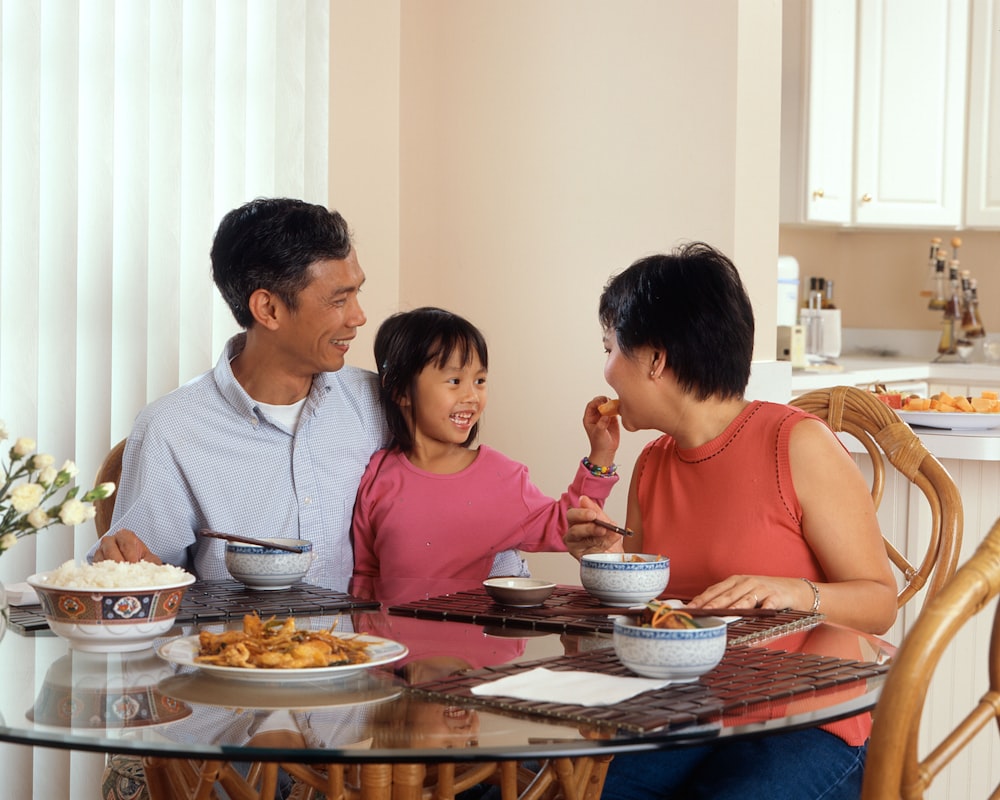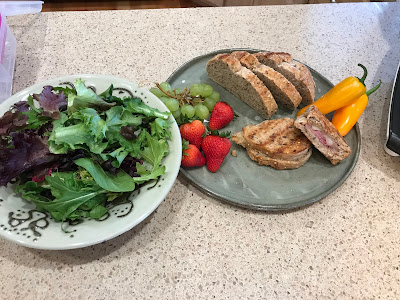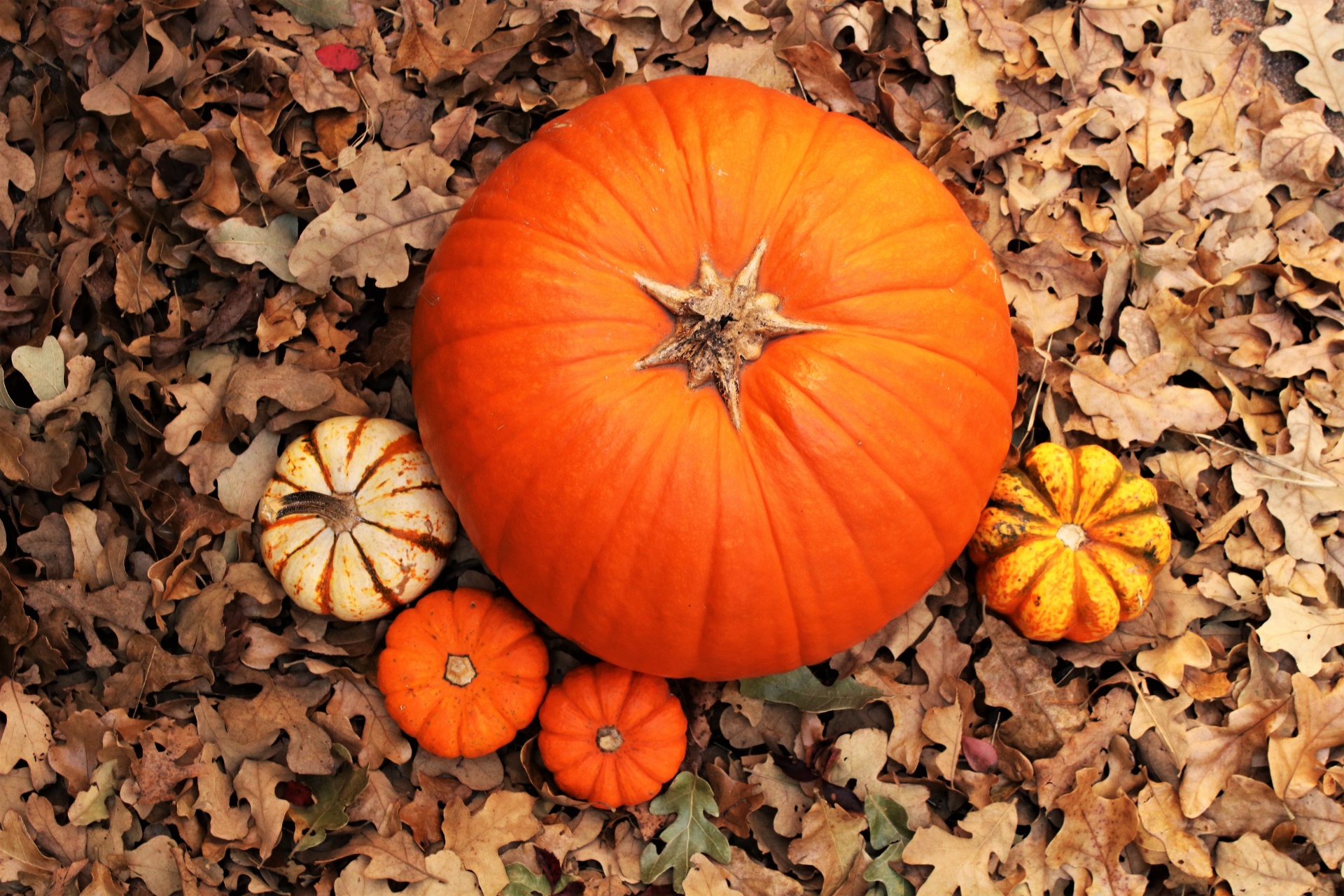During the holidays, we eat some of not only the most delicious, but most nourishing foods of the year. Loads of veggie side dishes, high-quality, lean protein from turkey, all sorts of vitamin A are in your pumpkin and sweet potatoes and even the desserts have fruit. From a nutritional standpoint, Thanksgiving dinner is one of the most nutrient-packed meals of the year. And yet, the majority of American’s start the holiday season out with eating-based guilt. Unfortunately, I think the hype around holiday over-eating is damaging in a couple of ways:
1. It almost becomes a self-fulfilling prophecy. Like Frasier trying to ride a bike, but due to his focusing on not hitting the mailbox, he was drawn to crash into it every time, our obsession with talking about how unhealthy and binge-filled the holidays are, simply reinforces that damaging behavior.
2. All the negative hype around holiday eating increases our stress levels by introducing more fear around food, increasing our body dissatisfaction and raising our cortisol levels which can lead to all sorts of health problems from headaches to digestive issues to weight gain.
The more negative media about holiday eating hasn’t seemed to improve our overall health, so why not try something radically different? Combat the guilt, shame and resulting health problems with an intentionally positive spin on your holiday eating this year.
· Speak only positively about holiday meals. Celebrate the variety, the flavors, the traditions and how the food not only nourishes you physically, but culturally as well.
· Eat joyfully. Enjoy that food. Food is not good or bad – it does not have moral power over you to turn you into a good or bad person. Physiologically, digestion works best when stress is low, and appetite, anticipation and enjoyment of eating are high. And since the majority of serotonin – the hormone that mediates mood and well-being – is produced in the gut, a happy digestion means an over-all happier you.
· Pay attention to your body. Listen to and respect your body’s hunger and fullness cues. Don’t spoil the party by inducing that painfully full, food coma. Good food can and will happen again – it’s not now or never, all or nothing. Savor favorite foods and decadent desserts, but don’t do so to the extreme of discomfort or pain.
· Invite happy hormones to the party. Want to endear yourself to your host and produce some mood-bosting endorphins at the same time? Help clean up or play with the kids. Exercise is a fabulous way to produce those endorphins, but not the only way. Altruistic behavior such as giving or helping others also produces that happy hormone. And the more endorphins and serotonin, the less likely you are to have constantly high, damaging levels of cortisol circulating in your system.
This year, instead of focusing on stressful restriction, guilt and shame, make "happy holidays" more than a glib response, make it a verbally, intentional goal and see how your health responds.














